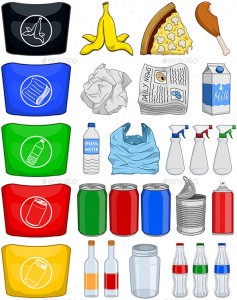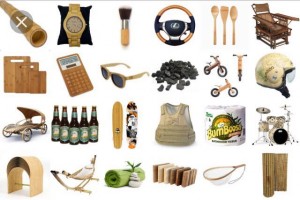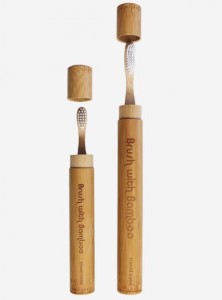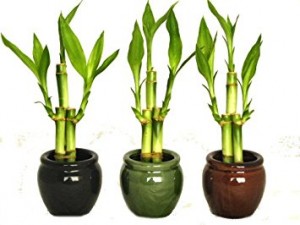I belive by choosing a different alternative than regular plastic, it will dramatically decrease the amount of plastic waste that we generate. We can’t change our consumption based economy, but we can certainly change the resources we use and the way we manufacture our products!
h
How big is our plastic problem?
Plastic is found in virtually everything these days. Your food, your clothes, your car, phone and computer are made from it, and think of all products that are packed or wrapped in plastic material!
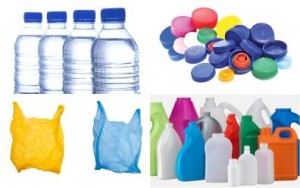
h
We need to make a change.
About 1 million plastic bags are used every minute, and a single plastic bag can take 1,000 years to degrade. If you’re already bringing reusable bags to the grocery store, you’re on the right track, but if you’re still using plastic produce bags, it’s time to make a change.
Did you know?
8 billion kg of plastic in the ocean every year.
While most plastics are touted as recyclable, the reality is that they’re “downcycled.” A plastic milk carton can never be recycled into another carton — it can be made into a lower-quality item like plastic lumber, which can’t be recycled.
Of the 30 million tons of plastic waste generated for example, only 7 percent was recovered for recycling. So the rest plastic waste, ends up in landfills, beaches, rivers and our oceans.
Scientist believe that, year 2050 it will be more plastic than fish in the ocean.
70% of our planet is ocean.
70% of our oxygen is produced by the oceans. If the Ocean dies, we die.
Fortunately, people are becoming increasingly aware of this. The necessity for sustainable, earth-friendly and recyclable materials in the manufacture of everyday items has become quite huge. Here are some simple everyday items that you as a consumer can buy instead of plastic. This will dramatically decrease the amount of plastic waste you generate.
Love Bamboo
Loads of products can be made from bamboo. From household items to the entire house, bamboo products are nothing new to society. Ancient civilizations were using bamboo for building long before they were using other materials and this trend has faded slightly over the centuries, but is now making a comeback in parts of the world, becoming a popular resource. Here are some examples: 
Why Bamboo?
Bamboo is a very renewable material. Using it therefore doesn’t contribute to deforestation. In fact it can be grown in areas (such as hillsides) where other crops cannot be grown and harvesting it can be done by cutting with no damage to the surrounding environment.
Doesn’t only come from Asia
It’s true that Bamboo mainly grows in Asia (China has the most, then India) but did you know that you can also find it in Argentina, Chile, Sub-Saharan Africa and the United States?
h
The bamboo products on the market today, are just the tip of the iceberg. More and more innovative bamboo applications will enter the consumer markets rapidly. We can’t change our consumption based economy, but we can certainly change the resources we use and the way we manufacture our products!

